Thirty-eight-year-old Matt Taylor has been running his entire life. What he loves most about the sport is the competition. When he trains for races, he’s trying to win a medal or at the very least, beat his previous personal record.
Over the years, though, he’s struggled to find an activewear brand that speaks to competitive runners like himself. In a post-athleisure world, companies like Nike and Adidas are increasingly designing clothes for casual fitness activities, like going to the gym or a studio class, rather than hardcore athletes. “Our culture now has this philosophy where everyone is a winner,” Taylor says. “But when you’re running a race, that’s just not true. There’s only one winner.”

Taylor has a keen understanding of how big sportswear brands reach consumers: He spent several years in the belly of the beast as a head of marketing for running apparel at Puma. But three years ago, he decided to strike out on his own to launch a clothing label called Tracksmith, designed with serious runners in mind. His brand uses cutting-edge technical fabrics engineered specifically for serious male and female runners, and it honors the history of the sport by re-creating vintage running singlets. It also publishes Meter Magazine, a quarterly journal that delves into the lives of famous runners.
Taylor’s not the only executive who has defected from a sportswear Goliath to create a brand with a different point of view. Three years ago, a former Reebok executive started ISlide, which creates customized slide sandals for sports teams to wear when they’re off the court or field.
In 2014, two other Reebok employees left the company to launch NoBull, which makes high-tech shoes for CrossFit training. Like Tracksmith, these brands are reaching out to particular niches of athletes whose needs are not being met by the mainstream brands.
Going up against the giants of the industry as a small startup is not for the faint of heart, but as veterans of sportswear companies, these founders realize that the sports market has always been cutthroat. Two of the oldest brands in this sector—Adidas and Puma—came into existence because of an epic rivalry between a pair of German brothers, who, in 1949, decided to split the family running shoe business into two separate entities. Then came newcomers Reebok, Nike, New Balance, Saucony, and Brooks.
These days, the sportswear industry is still a crowded one, but consumer demand for sneakers, workout gear, and yoga pants is also at an all-time high. Over the last seven years, sales in the activewear category have increased 42% to $270 billion. According to Morgan Stanley Research, this growth is expected to continue, adding an estimated $83 billion in sales by 2020.
The new generation of sportswear founders believe that there is room for innovative brands producing specialized products. While the behemoths go wide, trying to appeal to as many consumers as possible, the upstarts go deep, focusing on particular groups of athletes.
Tracksmith
If you ran high school or college track, chances are you’ve heard of the Run-Cannonball-Run. It goes something like this: In the hottest summer months, the group will go for a run along a nature trail, then midway through, they’ll jump into a river to cool off before hitting the road again. Many competitive runners reminisce about these carefree dips in the water when they were younger: It’s part of what sets them apart as members of a particular tribe. This is exactly the kind of nostalgia that Tracksmith wants to tap into. On the company’s website, there is a beautifully shot video that shows real runners sprinting through a forest, then diving into cool green water with a big splash.
As someone who took part in many cannonball runs in his youth, Taylor remembers how his regular shorts would get soggy in the water and how if he wore swimming trunks, they would chafe when he ran. So he set out to engineer the perfect pair for the experience: shorts made of high-tech fabric that feels soft and comfortable against the skin while also repelling water. “All you need to know is that the whole thing was built with the express intention of getting wet, then getting dry again, lickety-split,” reads the description of the “Run Cannonball Run” shorts on the Tracksmith website.
Tracksmith creates many products like this, with details that only a runner would appreciate. For instance, it sells running singlets specifically designed for relays. A team of runners can buy a set of four tops in a choice of patterns (including the company’s mascot: the hare) but still look like they are part of the same collection. The message? A powerful relay squad consists of strong individuals who, together, make an even mightier team.
“The big sportswear brands have failed to speak to competitive runners,” Taylor says. “In an effort to capture as much of the market as possible, they’re not responding to individual communities of athletes.” Tracksmith is meant to fill this void, and many investors are betting that it will make a mark in the industry. While the company declined to share sales figures, Taylor has raised $5.7 million so far from a range of investors, including Pentland Group, which has funded many sports and fashion brands, including Speedo, Canterbury, Lacoste, and Hunter Boot. Everlane’s founder, Michael Preysman, is also an angel investor and praised Tracksmith for it’s “anti-Nike” approach to marketing—that is, targeting a niche.
One of Tracksmith’s most successful marketing campaigns to date gave out $250 gift cards to anybody who could prove that they had beaten their previous personal record, while wearing one piece of Tracksmith clothing. “The idea was to celebrate the achievement of runners who are giving the sport their all, while also getting the word out about the brand,” Taylor says.
Soon, he noticed that Reddit chains were popping up in which runners were devising ways to share the purchase of a Tracksmith T-shirt or shorts (which cost $60 and $98) so they could participate in the contest. “At first I got hit by a wave of panic, thinking about how many of these gift cards we’d be giving out,” Taylor says with a laugh. “But ultimately, the Personal Record Bonus gets to the heart of what we’re trying to do as a brand and we’re thrilled that people are so excited about it.”
iSlide
For 13 years, Justin Kittredge worked at Reebok, developing and selling basketballs, sneakers, and other sportswear. While working with major sports teams, he realized that there was an unaddressed need for off-court footwear.
Three years ago, he launched ISlide, which specializes in customizable slip-on sports sandals. “The only companies that do slides are the big companies that don’t do custom, like Nike, Adidas, and Under Armour,” Kittredge says. Big-brand athletic wear companies make rubbery sandals, but they’re all heavily branded with their own logos. Kittredge wanted to do something different: Make a comfortable sports slide that could be personalized with any design, logo, or name. The only companies providing that service were promotional product companies (the kind from which you might order custom imprinted wedding favors or team sweatshirts). “It’s a really low-end quality flip-flop,” he says.
For Kitteredge, designing the slide and outsourcing the manufacturing was easy. The difficulty was in creating a fast and affordable in-house customization process. To print individual designs quickly and at scale, Kittredge created his own screen-printing machine. He’s now able to offer printed slides at $50 a pair.
So far,the response has been strong. In 2015, the company sold 15,000 pairs of slides; this year, Kittredge expects the business to surpass a million dollars in sales. (It certainly helps that Madonna, Justin Bieber, DJ Khaled, and LeBron James are among ISlide’s customers.) He’s also provided boutique sneaker shops with their own specially branded shoes. In a fashion era that glorifies sweatpants, Kittredge is confident the market will continue to grow. “Over the last five years, the slide market has more than doubled. So it’s about a $600 million category, just in the U.S., just for athletic slides, not even including flip-flops or anything else,” he says.
NoBull
Michael Schaeffer and Marcus Wilson met at Reebok, where both held senior management positions, as global creative director and head of brand strategy, respectively. But in their years at the company, they became frustrated. They felt it was hard to be nimble, with so many departments and leaders involved in decisions. They also felt that it was easy to lose sight of the consumer. “Working at a big corporation, you obviously have great resources, especially if you are higher up in management,” Schaeffer says. “But you get really removed from your customers. We wanted to get back on the ground floor and design for our customer’s needs.”
When they left Reebok, they had a chance to take a fresh look at what customers wanted from their sportswear. One thing they realized is that people were tired of brands promising that a particular shoe or piece of clothing would somehow improve their performance in a sport or transform their lives. Anybody who has owned a pair of sneakers can vouch for the fact that what you put on your feet doesn’t have the power to make you sprint more quickly or lose 10 pounds. So two years ago, they launched a new brand aptly called NoBull. “Our mentality is that our shoes are not going to make you fitter, jump higher, or run faster,” Wilson explains. “The only thing that will make you fitter is you working hard every day.”
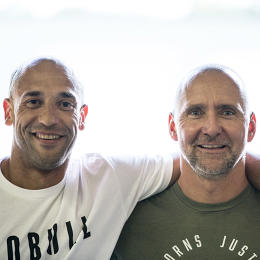
But it’s not just marketing that has set NoBull apart. Schaeffer and Wilson are also responding to what they deem an unmet need among CrossFitters: shoes that perform well in activities such as weightlifting, interval training, and calisthenics (all central to CrossFit workouts), but also look fashionable. Nike and Reebok have begun to make CrossFit shoes, for example, but to the NoBull founders, they’re nothing much to look at, usually with few colors and patterns. “In the CrossFit community, style is very important,” Wilson says. “They take it seriously and so do we.”
NoBull’s line of unisex sneakers are made of SuperFabric, a tough, hard material that can withstand the abuse of a hard-driving CrossFit workout, but is also lightweight and breathable. There aren’t many seams or overlays, which tend to fall apart quickly. And the shoes come in a variety of patterns, including flower, camouflage, and American flag motifs. A new design goes on sale every two or three weeks.
Many CrossFitters have gravitated to the brand because it seems to be speaking their language; NoBull is on track to sell well over 100,000 pairs in 2016. Since the CrossFit community is very tight-knit, word about the brand spreads organically from gym to gym. On social media, hundreds of people have pointed out how refreshing it is not to be led on by false promises. Occasionally, someone will post a picture on Instagram saying that their NoBull sneakers allowed them to reach their goals. “We always reply back with the hashtag #ItsNotTheShoes,” Schaeffer says.
Tracksmith
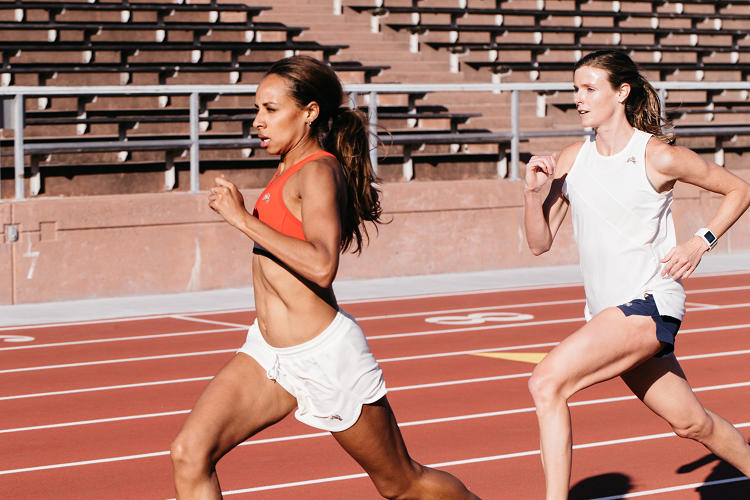
iSlide

Tracksmith
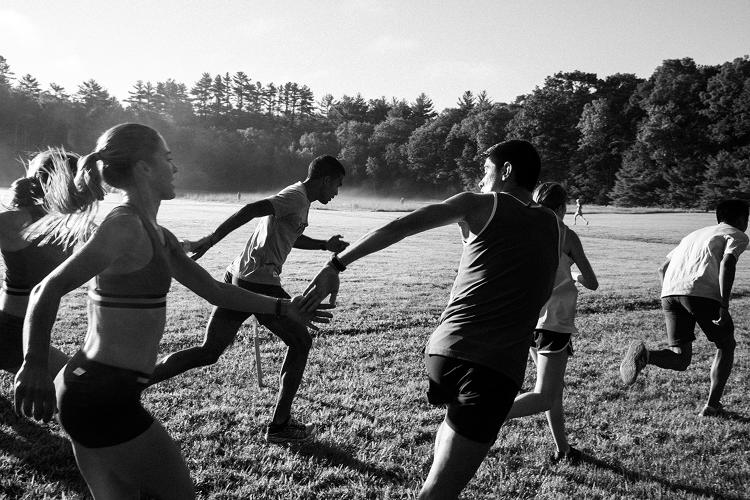
iSlide
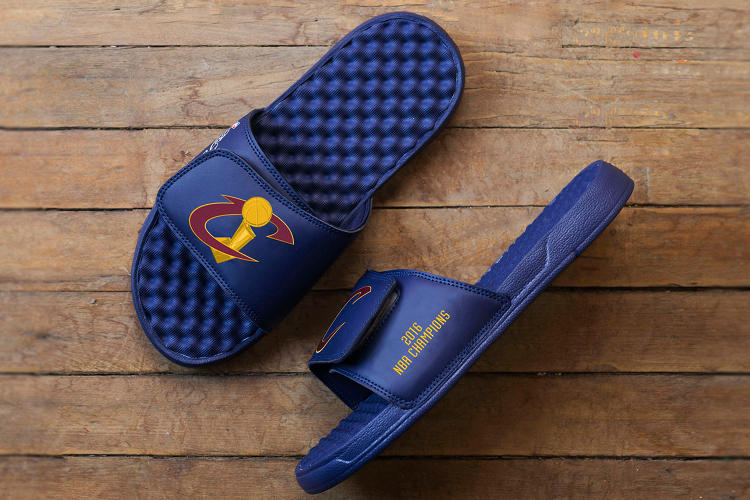
Tracksmith

Tracksmith

iSlide
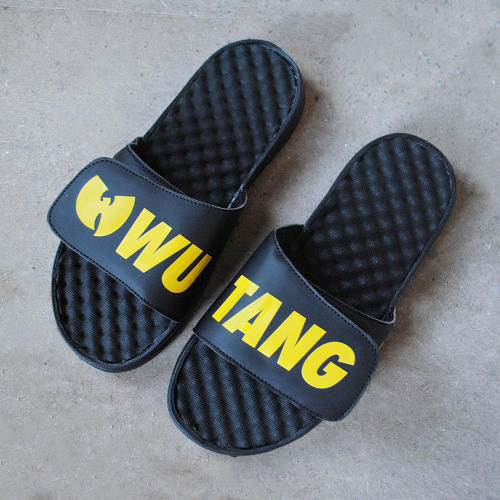
Tracksmith
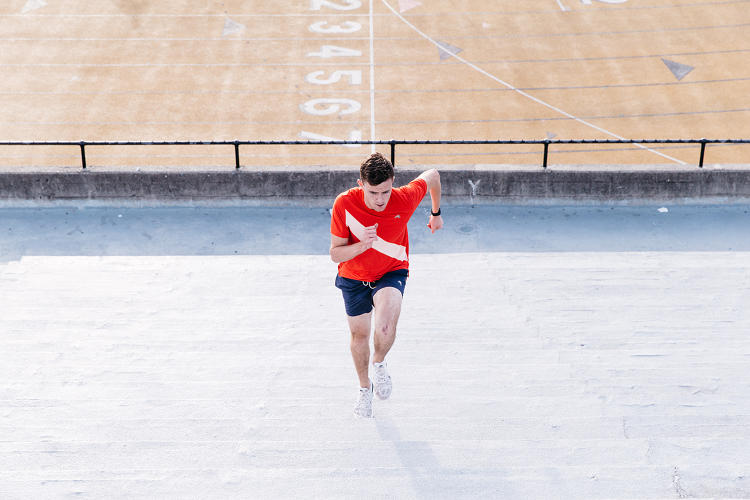
iSlide
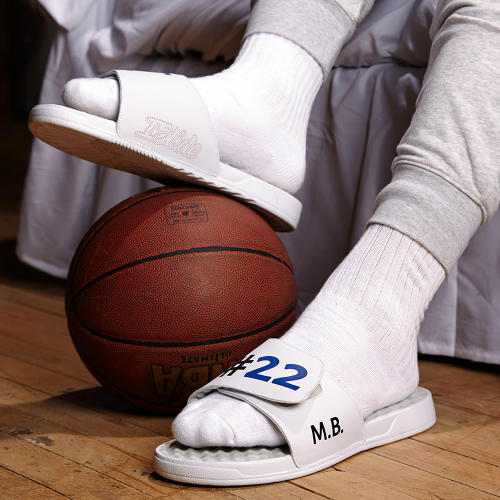
Tracksmith
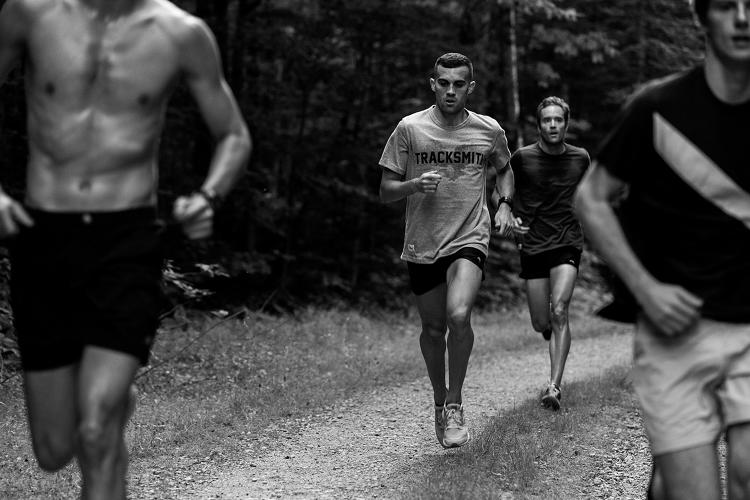
iSlide
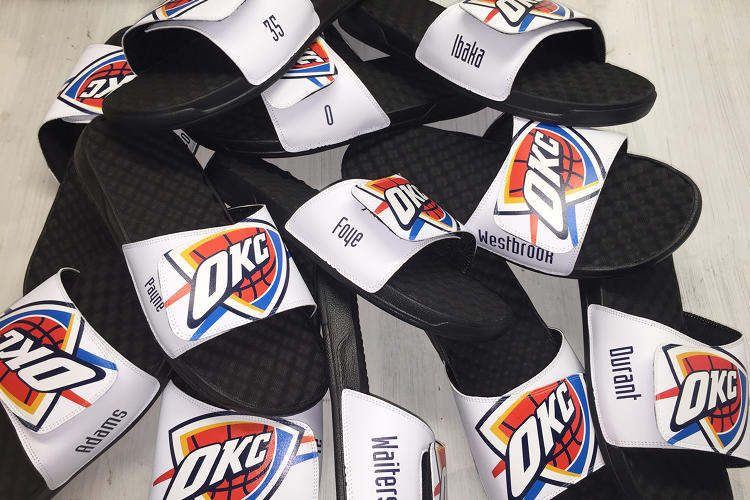
Tracksmith
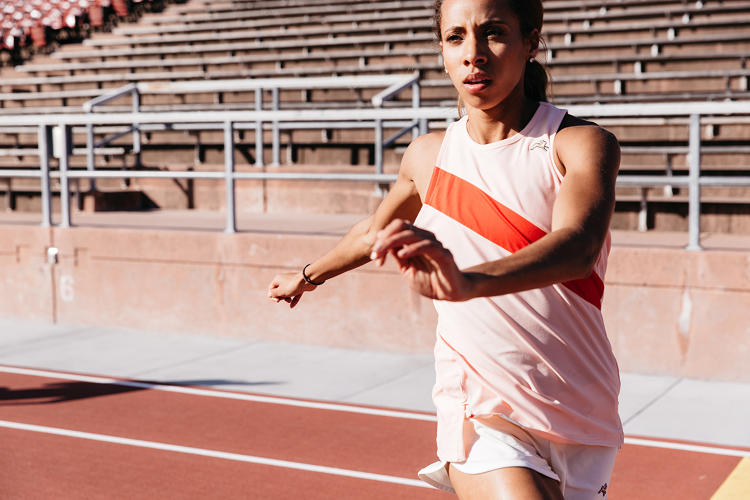
iSlide
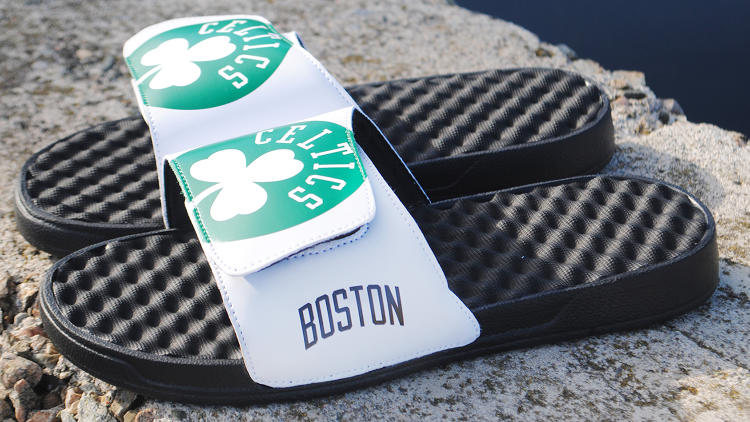
Tracksmith
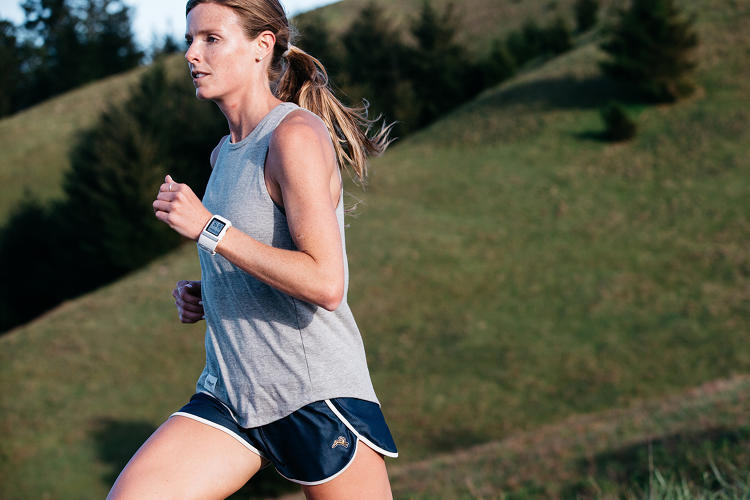
Fast Company , Read Full Story
(73)